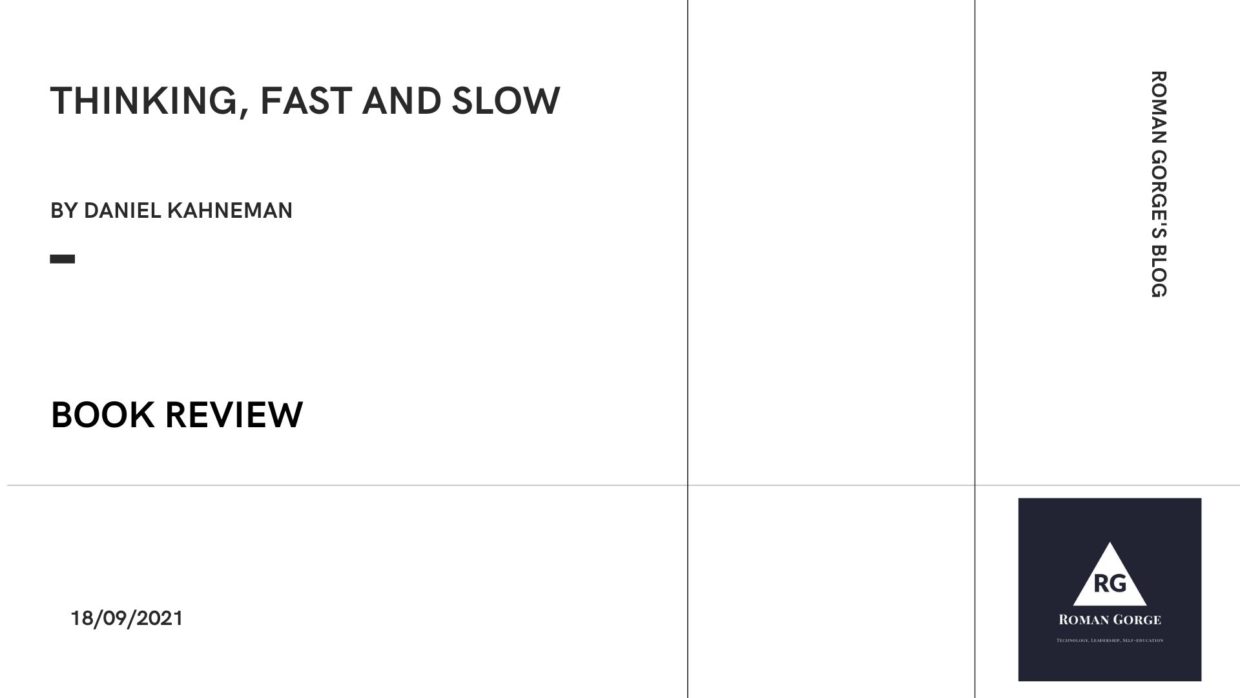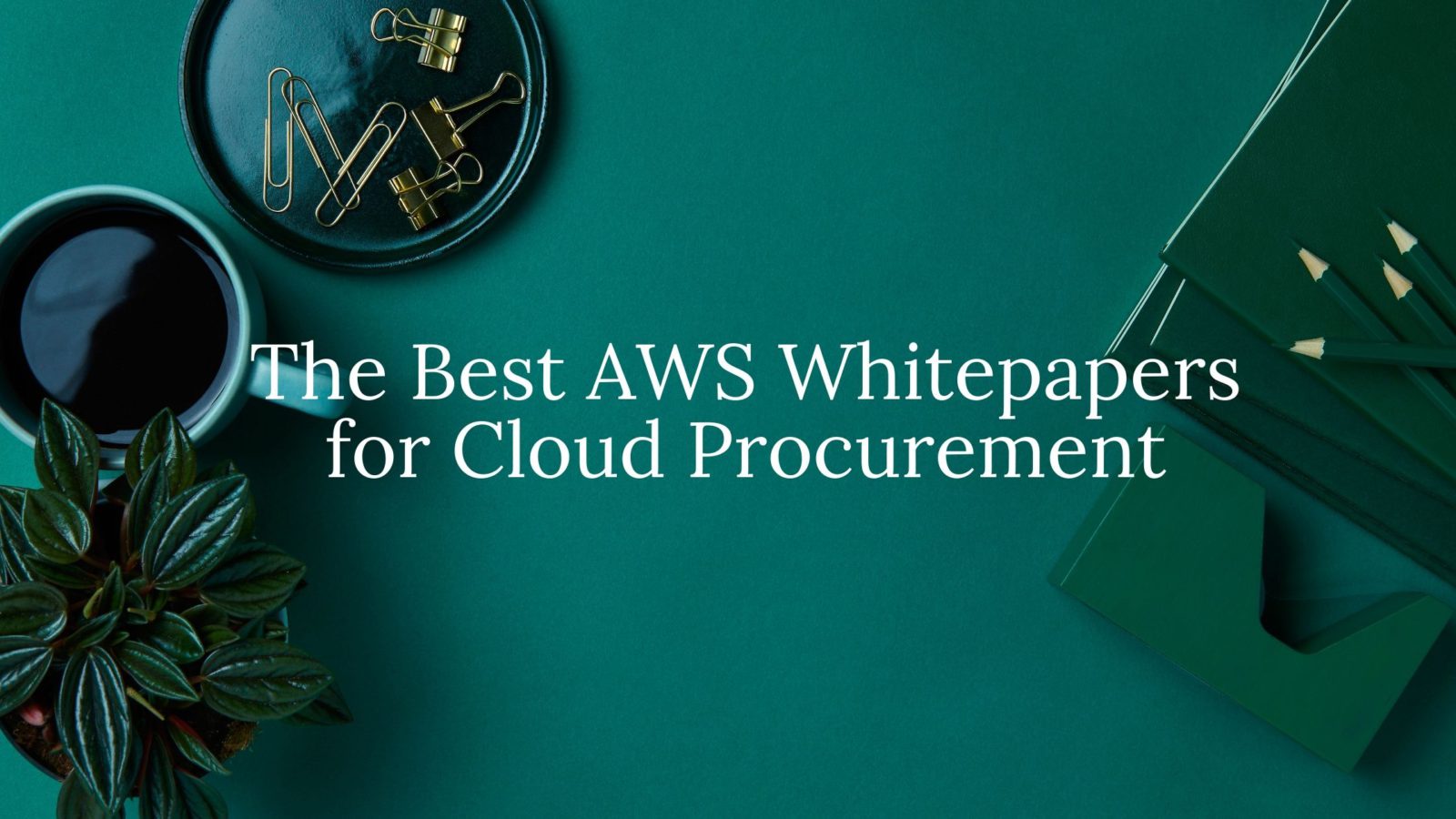Wikipedia defines cognitive bias as “systematic pattern of deviation from norm and/or rationality in judgment”. And the list of biases in the same article is impressive. Humans are quite irrational and our judgement does not always follows rules of logic. The one cannot remove biases and mental shortcuts – it is not possible to override thousands years of human brain evolution. But, the one can detect situations where biases are triggered and stay alerted.
Daniel Kahneman got his Nobel prize back in 2002 for his prospect theory that basically created behavioral economics. The theory also challenged assumption that Humans are economically rational species. Here it is in a nutshell:
- Faced with a risky choice leading to gains, individuals are risk-averse, preferring solutions that lead to a lower expected utility but with a higher certainty
- Faced with a risky choice leading to losses, individuals are risk-seeking, preferring solutions that lead to a lower expected utility as long as it has the potential to avoid losses
A book Thinking, Fast and Slow provides detailed explanation how this theory applies to various situation in our daily life and how it impacts our decision making process. (Spoiler: it impacts a lot and we not even aware about it). However, this is just a small part of knowledge that I got from the book.
The book starts with a description of simplified version of a human “thinking” mechanism that consist of two systems that play different roles in cognitive process. It explains how associative machine works, how cognitive ease derails us from original question and makes us to substitute it and etc.
Then the book goes into details of selected biases and heuristics – availability, anchoring, stereotyping, framing and others. There are a lot of mechanisms that allow us jump to conclusions without mental effort and the book gives overview how they work and how small change in a question’s frame can sway an answer to an opposite direction.
The author concentrates a lot on two important topics – overconfidence and choice. I was surprised that there are numerous studies which clearly demonstrate how bad we are in predicting the future and how often experts’ intuition is wrong. The book also gives an explanation how overconfident view, planning fallacy and optimism are important drivers for economy.
Choice, risk assessment, value assignment are parts of prospect theory and covered in the book as well. These chapters helped to understand my own thinking process when it comes to risky decisions and gambling. It also gave an insight why the same outcome may have different psychological effect depending on the context and framing.
The last part of the book is about two selves – experiencing self and remembering self. This part gave me rational explanation why our memories of events are more important than actual experience we had during the events.
After finishing the book I became even more critical to my judgements and intuition. So, I am more prepared now to employ critical thinking when it is necessary. There are several mechanisms that I will keep for my professional life – pre-mortem to fight planning fallacy, outside view and base rate. Read the book and I am sure you will find it useful too.
Overall, 5 out 5. Thinking, Fast and Slow is a perfect book for everybody. I highly recommend it.
Check out my other book reviews!

